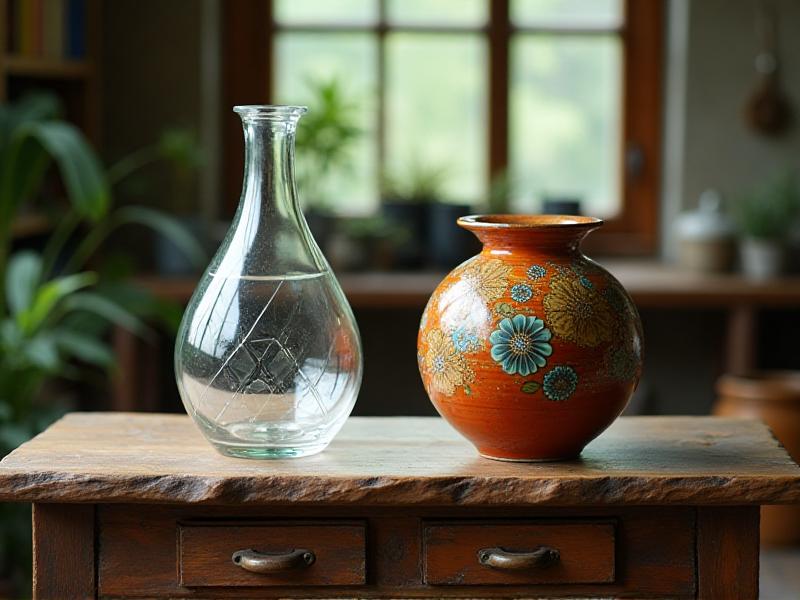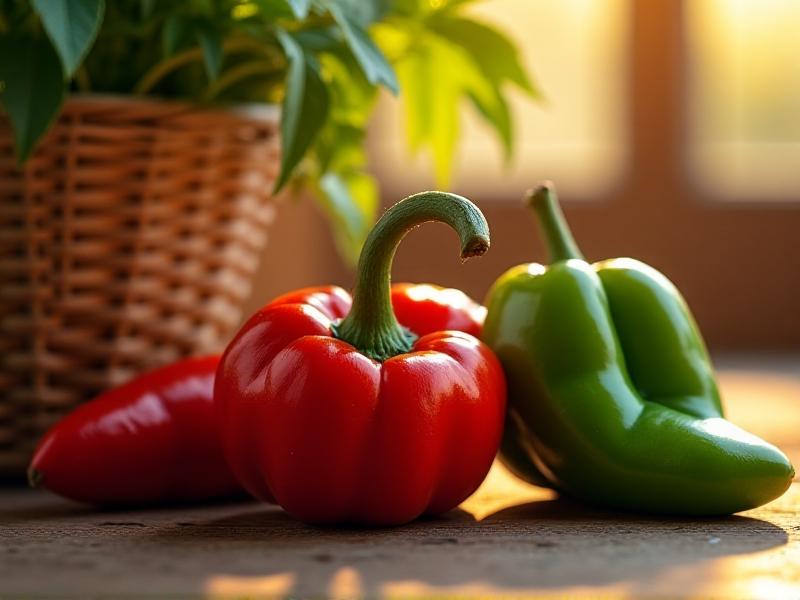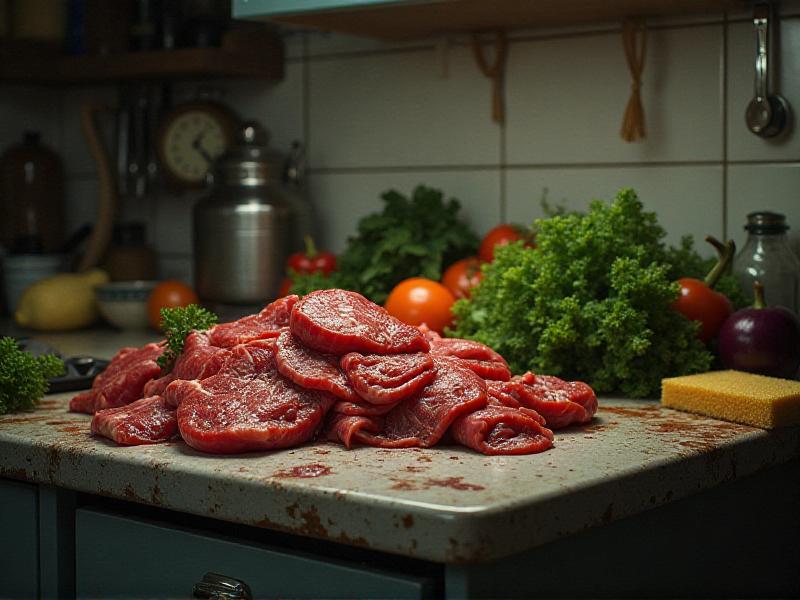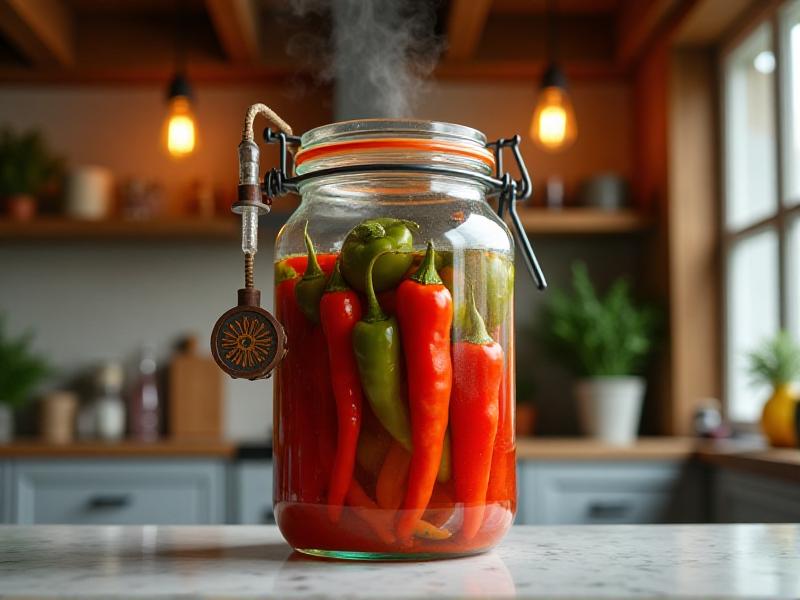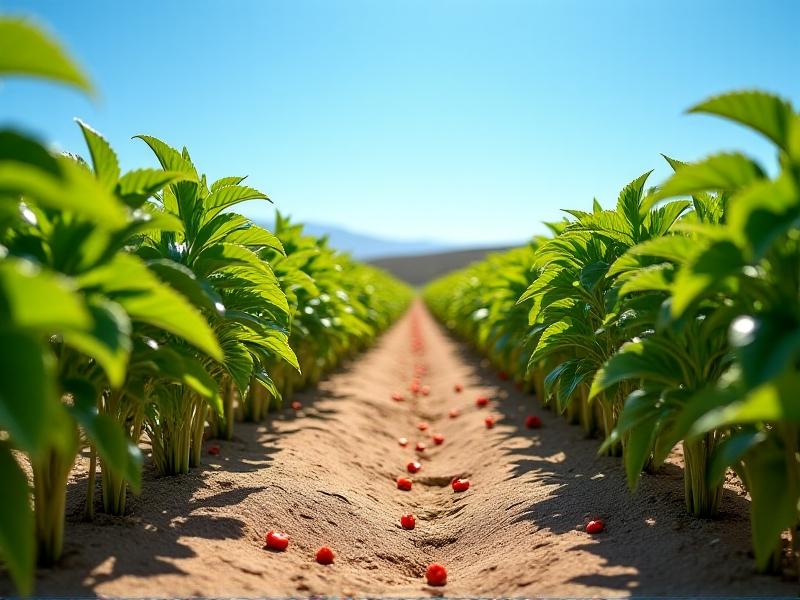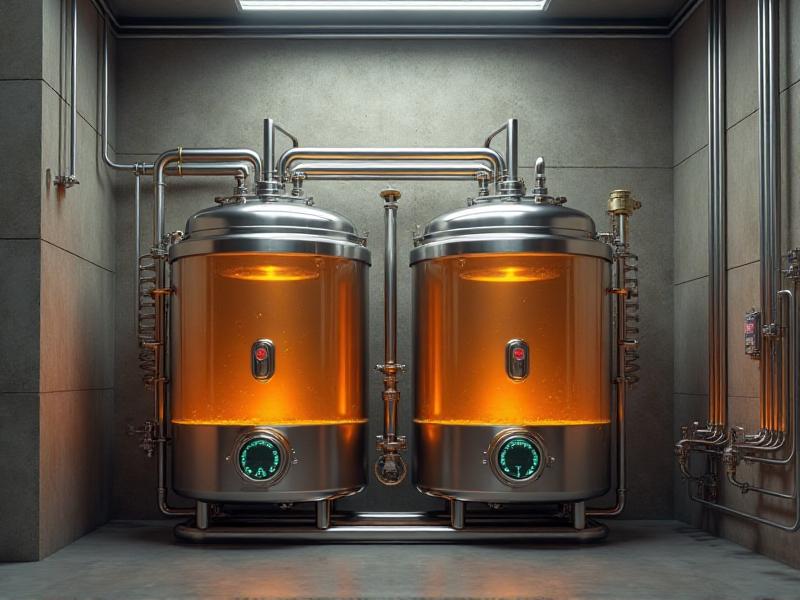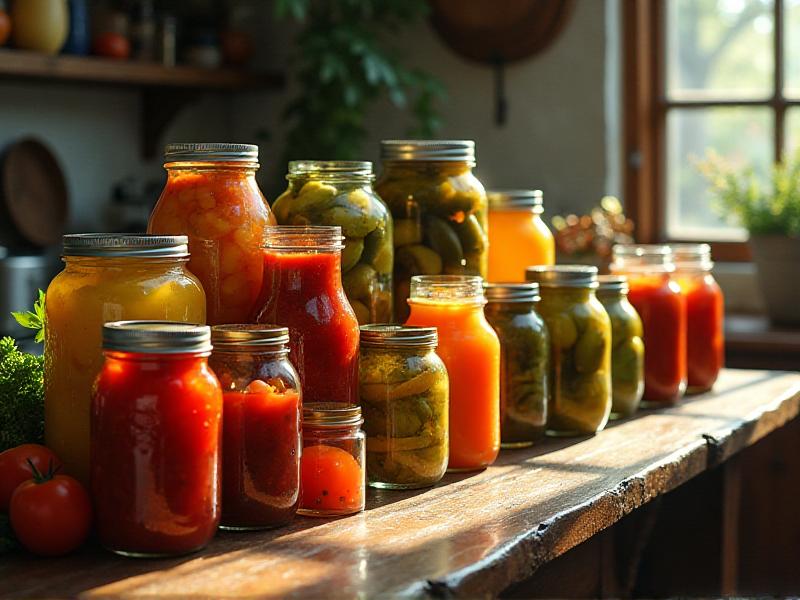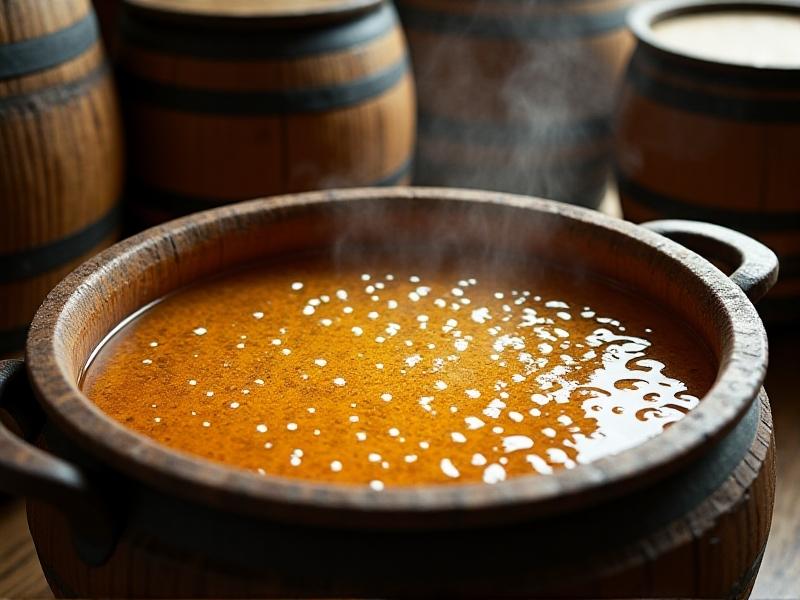Brine Concentration Calculators for Ghost Peppers
Understanding Brine Concentration for Ghost Peppers
Ghost peppers, known for their intense heat, are a favorite among chili enthusiasts. When preserving or fermenting these fiery pods, achieving the right brine concentration is crucial. Brine, a solution of salt and water, acts as a preservative and flavor enhancer. However, too much salt can overpower the peppers’ natural flavor, while too little can lead to spoilage. This section explores the science behind brine concentration and its importance in preserving ghost peppers.

Why Use a Brine Concentration Calculator?
Calculating the exact salt-to-water ratio for brine can be tricky, especially when dealing with delicate ingredients like ghost peppers. A brine concentration calculator simplifies this process by providing precise measurements based on the weight of the peppers and the desired salt percentage. This tool ensures consistency, prevents errors, and saves time. Whether you’re a home cook or a professional chef, using a calculator can elevate your fermentation game and help you achieve the perfect balance of flavor and preservation.

Step-by-Step Guide to Using a Brine Calculator
Using a brine concentration calculator is straightforward. First, weigh your ghost peppers and measure the volume of water you plan to use. Input these values into the calculator, along with your desired salt percentage (typically between 2% and 5% for fermentation). The calculator will then determine the exact amount of salt needed. This section provides a detailed walkthrough of the process, including tips for adjusting the salt percentage based on personal taste and the intended use of the peppers.
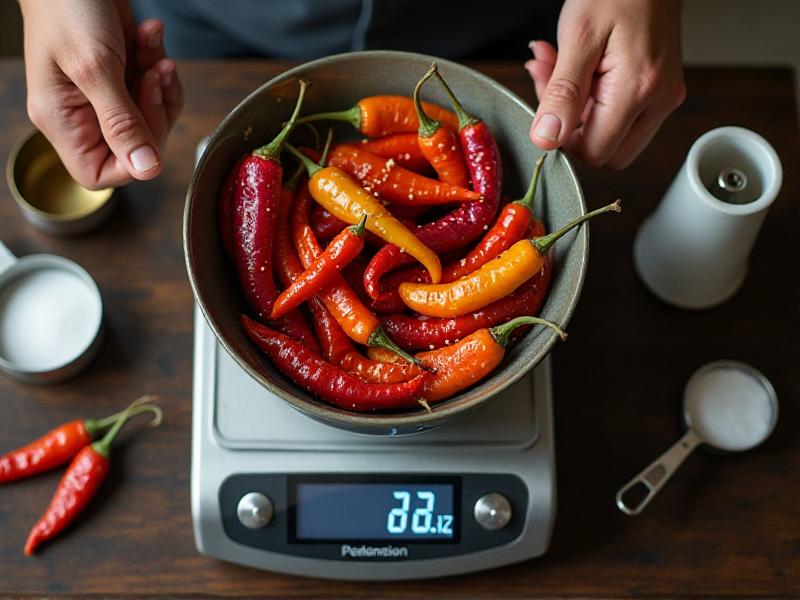
Common Mistakes to Avoid When Making Brine
Even with a brine concentration calculator, mistakes can happen. Using iodized salt, for example, can lead to discoloration and off-flavors. Overcrowding the jar or failing to submerge the peppers completely can also result in uneven fermentation. This section outlines common pitfalls and how to avoid them, ensuring your ghost peppers turn out perfectly every time. From selecting the right type of salt to maintaining proper hygiene, these tips will help you master the art of brining.
Creative Ways to Use Brined Ghost Peppers
Once your ghost peppers are brined, the culinary possibilities are endless. Add them to sauces, salsas, or marinades for an extra kick of heat. They can also be chopped and sprinkled over pizzas, tacos, or salads. This section explores innovative recipes and ideas for incorporating brined ghost peppers into your meals. From spicy condiments to bold flavor enhancers, these peppers are a versatile ingredient that can transform any dish.
The Science Behind Fermentation and Brine
Fermentation is a natural process that relies on beneficial bacteria to preserve and enhance food. Brine plays a critical role in creating the ideal environment for these bacteria to thrive while inhibiting harmful microorganisms. This section delves into the science of fermentation, explaining how salt concentration, temperature, and time affect the process. Understanding these principles can help you fine-tune your brining technique and achieve the best results with ghost peppers.
Choosing the Right Salt for Your Brine
Not all salts are created equal. The type of salt you use can significantly impact the flavor and quality of your brine. Kosher salt, sea salt, and Himalayan pink salt are popular choices, each offering unique characteristics. This section compares different types of salt and their suitability for brining ghost peppers. It also discusses the importance of avoiding additives like iodine and anti-caking agents, which can interfere with the fermentation process.
Storing and Preserving Brined Ghost Peppers
Proper storage is essential to maintain the quality and safety of brined ghost peppers. Once fermented, they should be stored in airtight containers in a cool, dark place. This section provides guidelines for long-term storage, including tips for refrigeration and freezing. It also discusses how to recognize signs of spoilage and ensure your peppers remain safe to eat. With the right storage techniques, you can enjoy the fruits of your labor for months to come.
Exploring the Health Benefits of Fermented Ghost Peppers
Fermented foods, including brined ghost peppers, are rich in probiotics, which support gut health and boost the immune system. Ghost peppers also contain capsaicin, a compound known for its anti-inflammatory and pain-relieving properties. This section examines the health benefits of consuming fermented ghost peppers, from improving digestion to reducing inflammation. While their heat may not be for everyone, their nutritional value makes them a worthwhile addition to any diet.
Conclusion: Mastering the Art of Brining Ghost Peppers
Brining ghost peppers is both a science and an art. By understanding the principles of brine concentration, using the right tools, and avoiding common mistakes, you can create flavorful, preserved peppers that add a fiery kick to your meals. Whether you’re a seasoned fermenter or a beginner, this guide provides the knowledge and inspiration you need to succeed. So, grab your calculator, weigh your peppers, and embark on a culinary adventure with ghost peppers.
